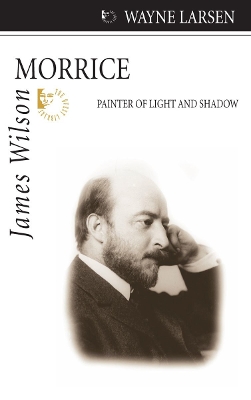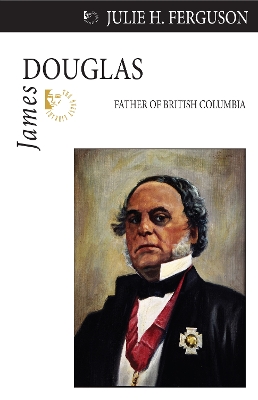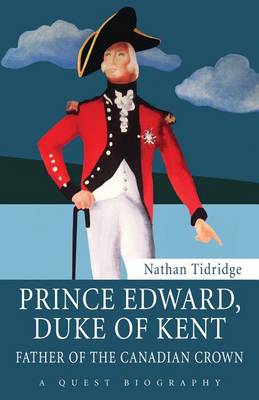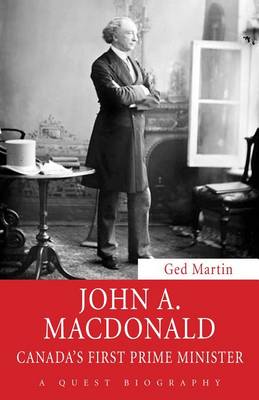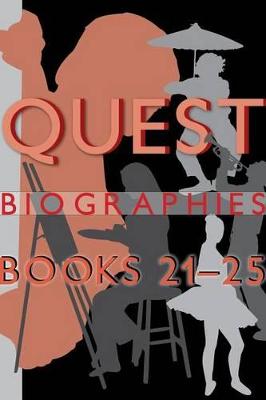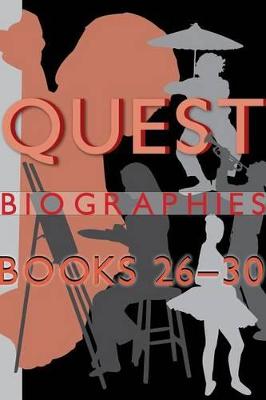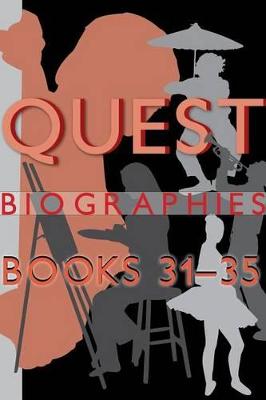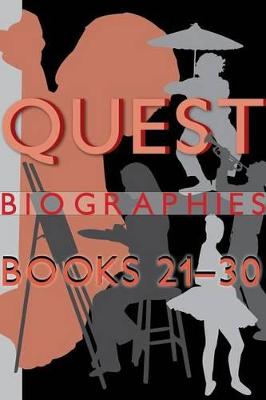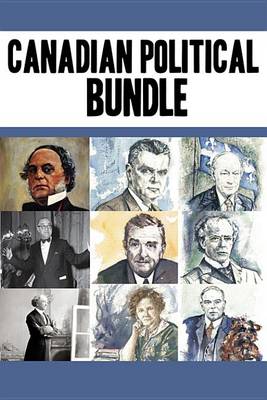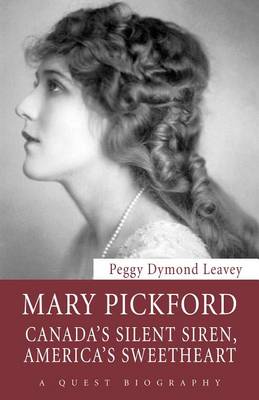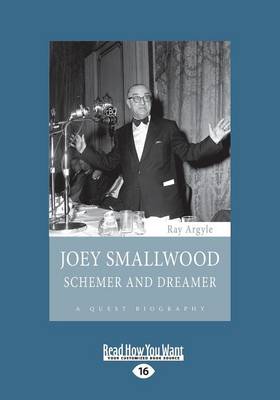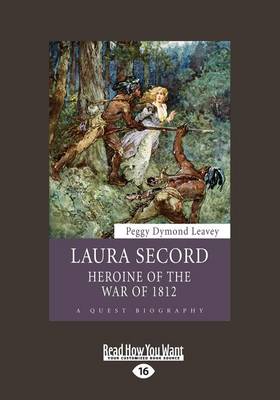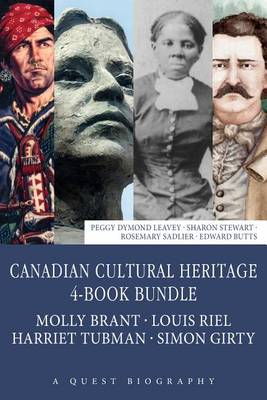Quest Biography
14 primary works • 18 total works
Book 21
Book 22
Book 23
Book 24
Book 25
James Douglas’s story is one of high adventure in pre-Confederation Canada. It weaves through the heart of Canadian and Pacific Northwest history when British Columbia was a wild land, Vancouver didn’t exist, and Victoria was a muddy village.
Part black and illegitimate, Douglas was born in British Guiana (now Guyana) in 1803 to a Scottish plantation owner and a mixed-race woman. After schooling in Scotland, the fifteen-year-old Douglas sailed to Canada in 1819 to join the fur trade. With roads non-existent, he travelled thousands of miles each year, using the rivers and lakes as his highways. He paddled canoes, drove dogsleds, and snowshoed to his destinations.
Douglas became a hard-nosed fur trader, married a part-Cree wife, and nearly provoked a war between Britain and the United States over the San Juan Islands on the West Coast. When he was in his prime, he established Victoria and secrured the western region of British North America from the Russian Empire and the expansionist Americans. Eventually, Douglas became the controversial governor of the Colonies of Vancouver Island and British Columbia and oversaw the frenzied Fraser and Cariboo gold rushes.
Book 31
Book 34
Book 35
Book 36
A respected Mohawk matron, Molly became a vital link between her people and the Canadian Indian Department. Like her brother Joseph, she worked hard to keep five of the Six Nations on the side of the British throughout the war, believing the empty promises that all would be restored to them once the conflict ended. Although she was seen as fractious and demanding at times, her remarkable stamina and courage gained the respect of the highest levels of Canadian government.
Book 40
Quest Biographies Bundle -- Books 21-25
by Julie H. Ferguson, Tom Henighan, Nicholas Maes, Wayne Larsen, and Sharon Stewart
Book 41
Quest Biographies Bundle -- Books 26-30
by Wayne Larsen, Valerie Knowles, D.T. Lahey, Edward Butts, and Peggy Dymond Leavey
Book 42
Quest Biographies Bundle -- Books 31-35
by Rosemary Sadlier, Author Nathan Tidridge, Peggy Dymond Leavey, Ray Argyle, and Ged Martin
Book 45
Quest Biographies Bundle -- Books 21-30
by Julie H. Ferguson, Tom Henighan, Nicholas Maes, Wayne Larsen, Sharon Stewart, Valerie Knowles, D.T. Lahey, Edward Butts, and Peggy Dymond Leavey
Book 51
Canadian Political Bundle
by Arthur Slade, Roderick Stewart, Margaret MacPherson, Marguerite Paulin, Ged Martin, Ray Argyle, Julie H. Ferguson, and Lian Goodall

